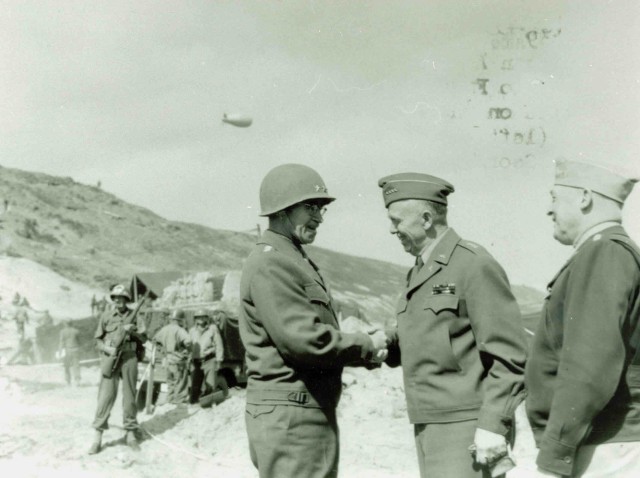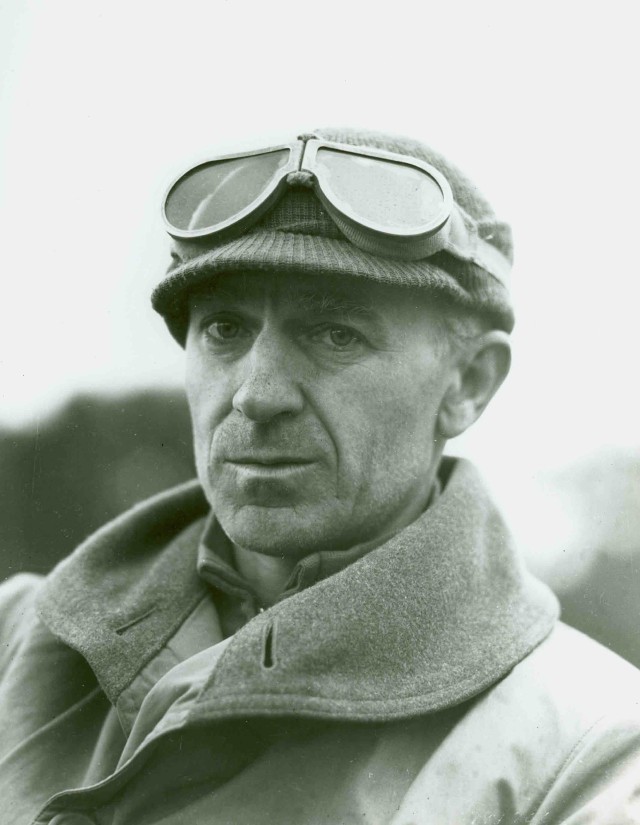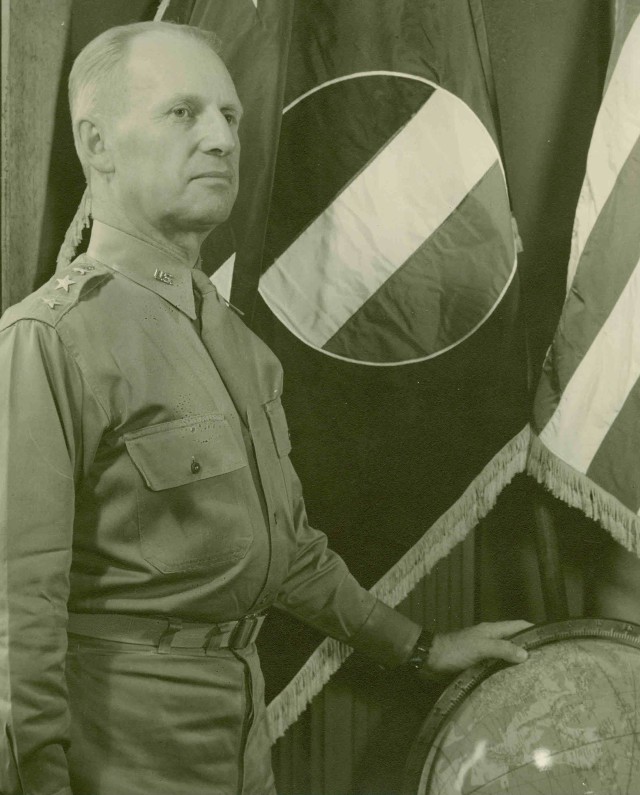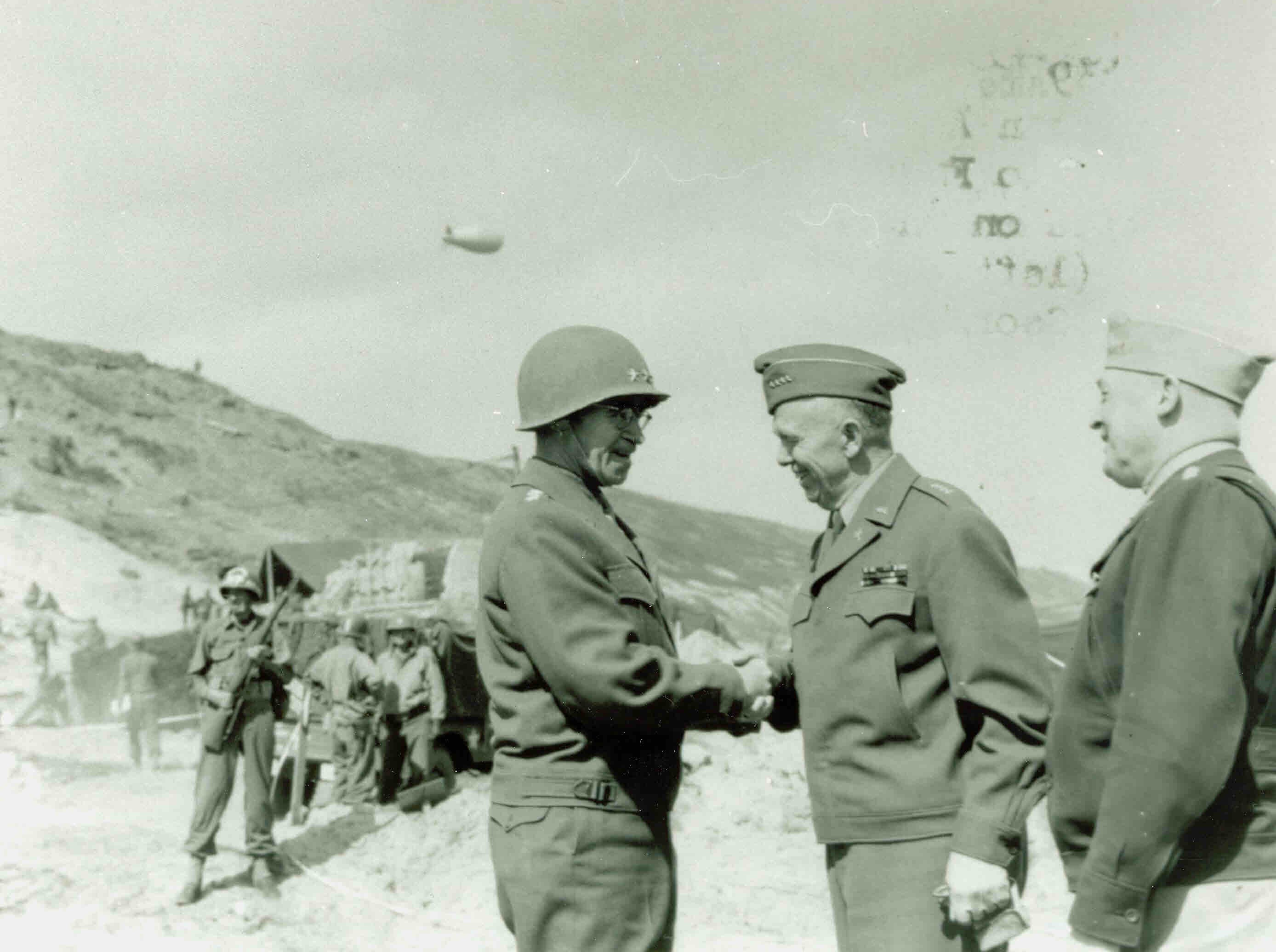Six weeks after the Allied invasion of Normandy, Operation OVERLORD showed distressing signs of stalemate. More than a million American, British, and Canadian troops had come ashore in France by mid-July 1944, but they remained wedged within a narrow bridgehead roughly fifty miles wide and twenty miles deep. Both German defenders and Allied attackers had suffered more than 100,000 casualties; it was small comfort to the Allies that the enemy wounded included Field Marshal Erwin Rommel, commander of Army Group B, who was critically injured in a strafing ambush on July 17. Fighting was intense, grim, and unspeakably violent, with daily advances often limited to a few yards. The great war correspondent Ernie Pyle told his wife, Aca,!A"Sometimes I get so obsessed with the tragedy and horror of seeing dead men that I can hardly stand it. But I guess there is nothing to do but keep going.Aca,!A? As a New Zealand officer serving as an observer with the British Second Army wrote, Aca,!A"I realize that the enemyAca,!a,,cs morale is lower but ours frightens me.Aca,!A?
Morale hardly improved when British efforts to expand the bridgehead south of Caen gained little ground in Operation GOODWOOD, an attack led on July 18 by three armored divisions which together lost more than 400 tanks. A trooper in the Fife and Forfar Yeomanry reported: Aca,!A"In front, brew-up after brew-up, some tank crews are on fire and rolling about on the ground trying to put out the flames in their clothes.Aca,!A? Beyond gaining a few dozen square miles, GOODWOOD did succeed in further fixing German attention on the eastern half of the Allied bridgehead, allowing the Americans in the west to position themselves for the blow that would finally break the deadlock, transforming a war of attrition into a war of movement.
That decisive blow, known as COBRA, was largely planned by the U.S. First Army commander. Lieutenant General Omar N. Bradley flew from France to England to plead for a massive assault by heavy and medium bombers to blow a hole in the German line for ground troops to exploit. Aca,!A"I want it to be the biggest thing in the world,Aca,!A? Bradley said, with bomb craters every sixteen feet at his chosen point of attack, a few miles west of St. LAfA'. Originally intended to follow on the heels of GOODWOOD, COBRA was delayed several days by the wretched weather that plagued Normandy in the summer of 1944. Thick clouds also led to the abrupt cancellation of sorties launched from England on July 24, but not before the first waves had dropped their payloads, including several dozen bombs that fell behind American lines, killing or wounding about 150 U.S. soldiers.
Bradley was furious, not least because the bombers had attacked not parallel to the road marking the ArmyAca,!a,,cs line of departure as he had insisted, but rather perpendicular to that road in tactics which the pilots considered technically necessary but which Bradley believed increased the chance of fratricide. Despite charging that Army Air Forces had Aca,!A"simply liedAca,!A? about the attack plan, Bradley concluded that he had no choice but authorize another, full-throated attempt a day later, on July 25. Aca,!A"Queer feelingAca,!"sitting, waitingAca,!"waiting for God knows what,Aca,!A? an armored officer told his diary.
Some 1,500 B-17s and B-24s dropped more than 3,000 tons of bombs when COBRA resumed shortly before noon on July 25, with almost another 1,000 tons of bombs and napalm dropped by medium bombers and napalm in one of World War IIAca,!a,,cs most devastating air attacks. Again, many bombs fell short, killing 111 American soldiersAca,!"including Lt. Gen. Lesley J. McNair, commander of Army Ground Forces who had imprudently joined front-line troops as an observerAca,!"and wounding nearly 500 others. Aca,!A"The most sustained horrible thing IAca,!a,,cve ever gone through,Aca,!A? wrote Ernie Pyle, who was caught in the errant drop. Gen. Dwight D. Eisenhower, the Allied supreme commander, had crossed the English Channel to Normandy for the day, only to return to his headquarters in England that evening, dejected and uncertain about COBRAAca,!a,,cs success, but determined never to use heavy bombers in support of ground troops again. Aca,!A"I gave them a green light this time,Aca,!A? Eisenhower told Bradley. Aca,!A"But I promise you itAca,!a,,cs the last.Aca,!A?
In fact, the bombing had unhinged German defenses almost precisely as planned. Aca,!A"The bomb carpets rolled toward us, most of them passing only a few yards away,Aca,!A? reported Gen. Fritz Bayerlein, commander of the badly mauled Panzer Lehr Division, who described Aca,!A"a pall of dust, with fountains of earth spewing high in the air.Aca,!A? In addition to killing perhaps a thousand German soldiers and demolishing numerous command posts, the bombardment overturned tanks, demolished enemy communications, and terrified those who survived the onslaught only to face several attacking U.S. Army infantry divisions. Late on the afternoon of July 25, the VII Corps commander, Maj. Gen. J. Lawton Collins, shrewdly decided to send his armor exploitation force into the breach. The next day, the German Seventh Army reported seven ruptures in the line from east to west. By the night of July 27, the 30th Infantry Division, which had suffered most of the fratricidal casualties earlier in the week, reported, Aca,!A"This thing has busted wide open.Aca,!A? Bradley wrote Eisenhower the following day, Aca,!A"Things on our front really look good.Aca,!A?
Things got even better. More than 100,000 combat troops poured south through a gap not five miles wide, soon turning the German left flank and capturing several key bridges near Avranches, the gateway from Normandy to Brittany. At noon on August 1, the U.S. Third Army was committed to the fight under Lt. Gen. George S. Patton, and the stalemate anxieties of mid-July would soon vanish in a hell-for-leather pursuit of a beaten enemy across France.
Related Links:
A Working Bibliography of MHI Sources: World War II - Normandy






Social Sharing